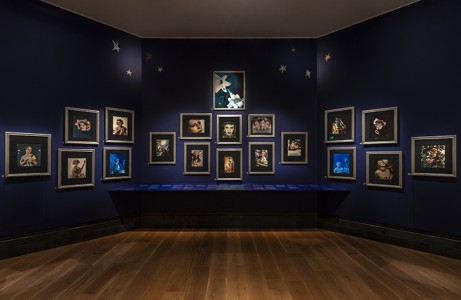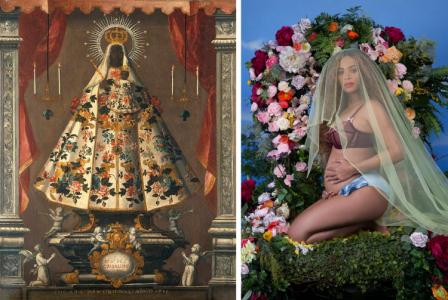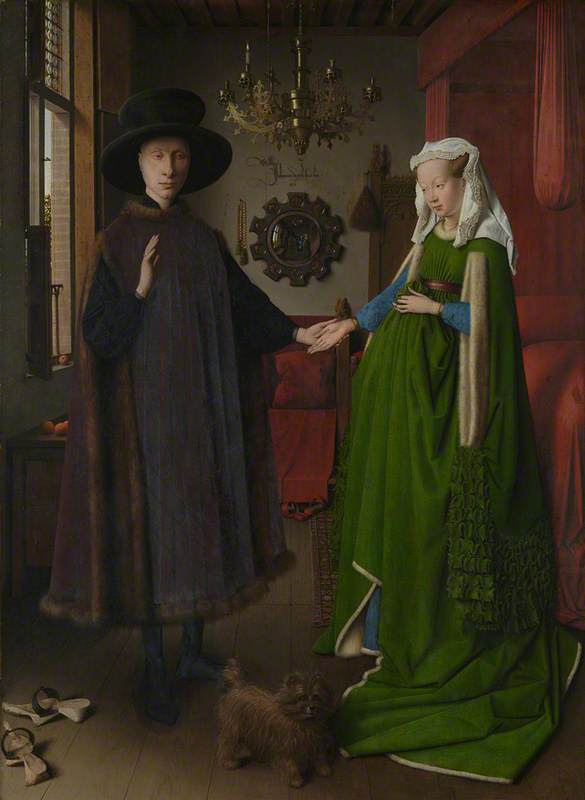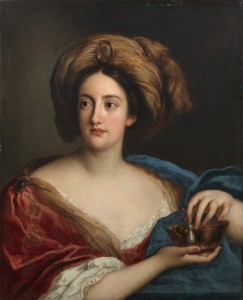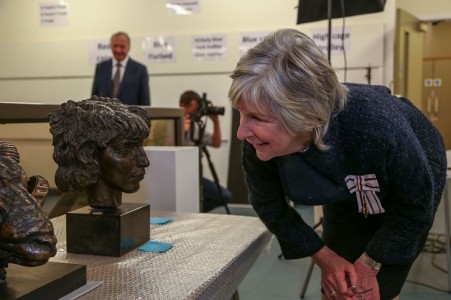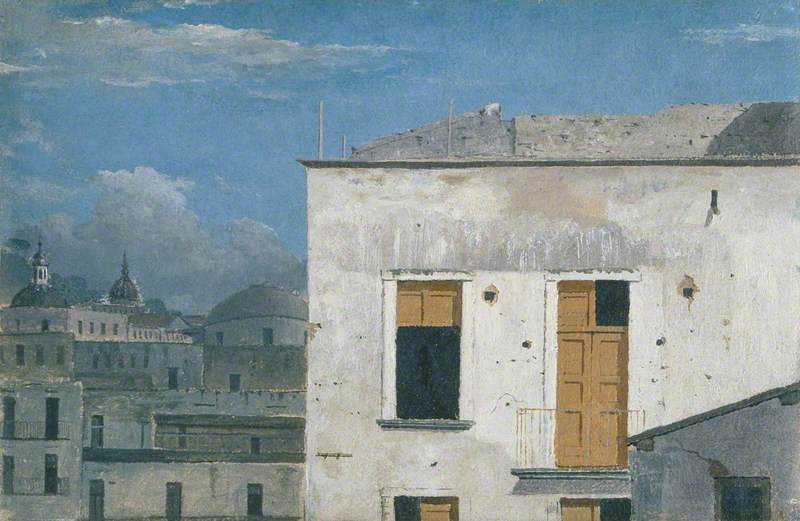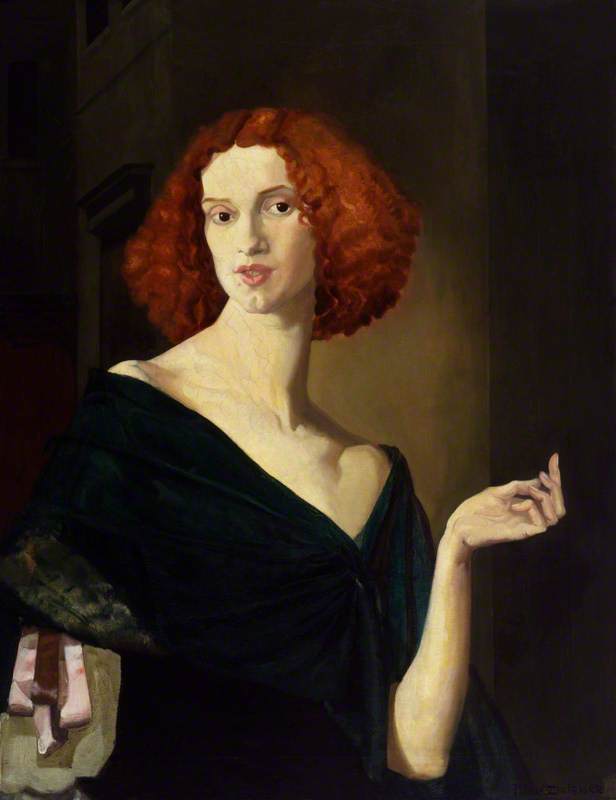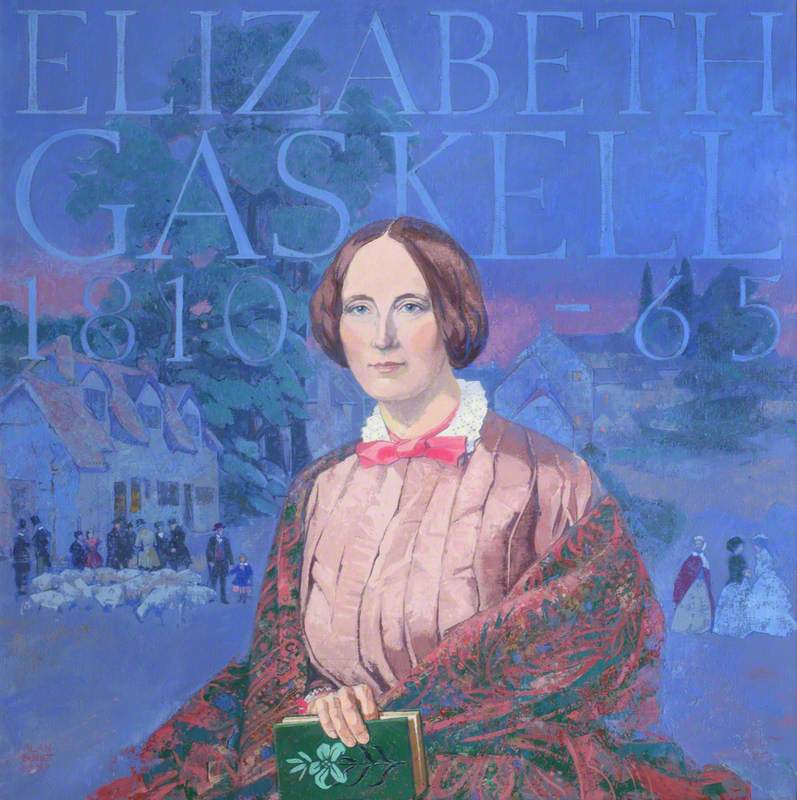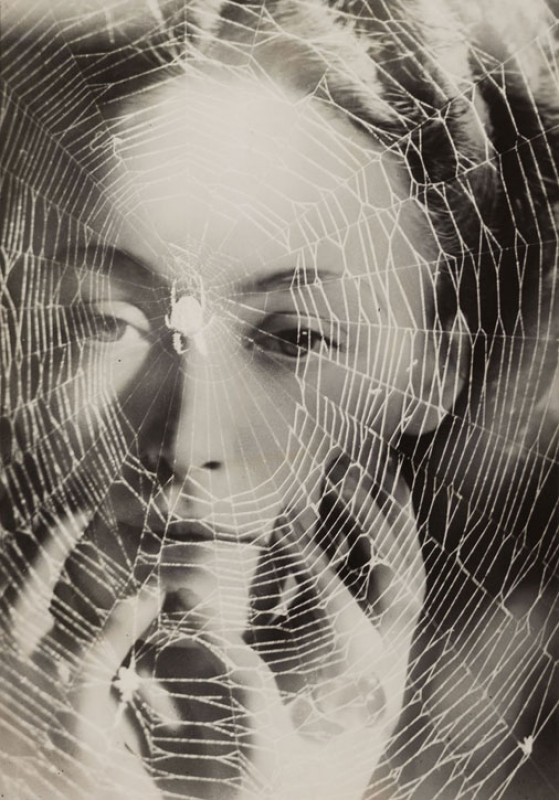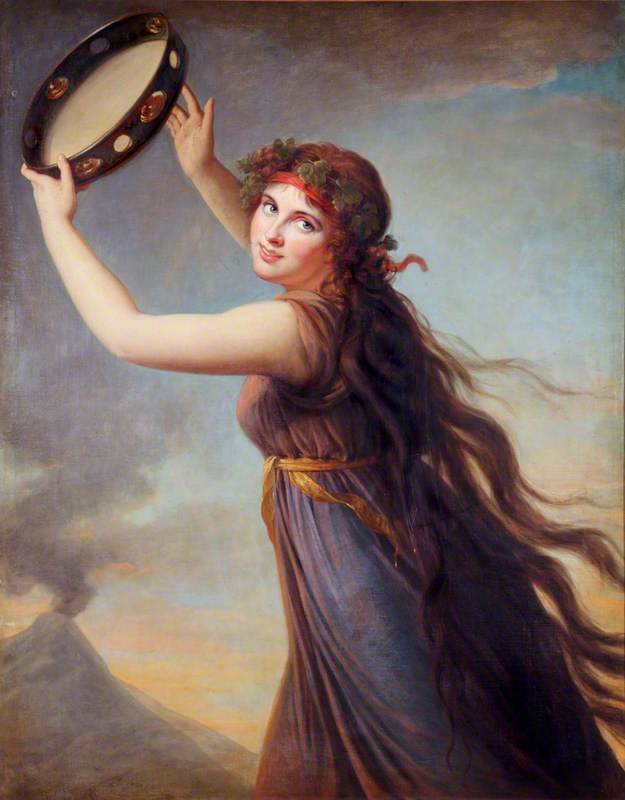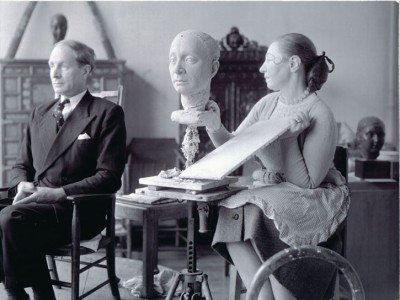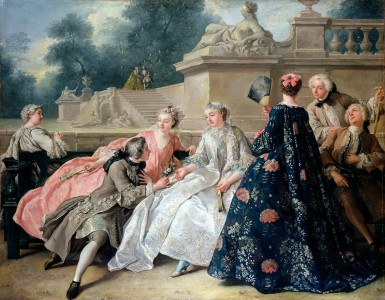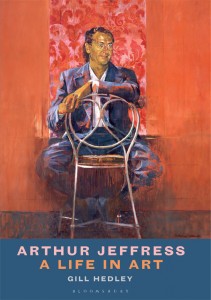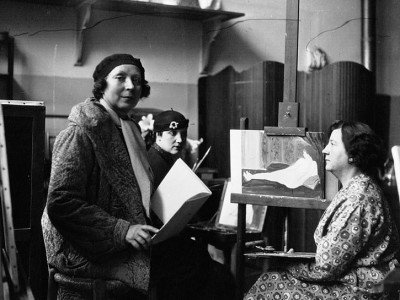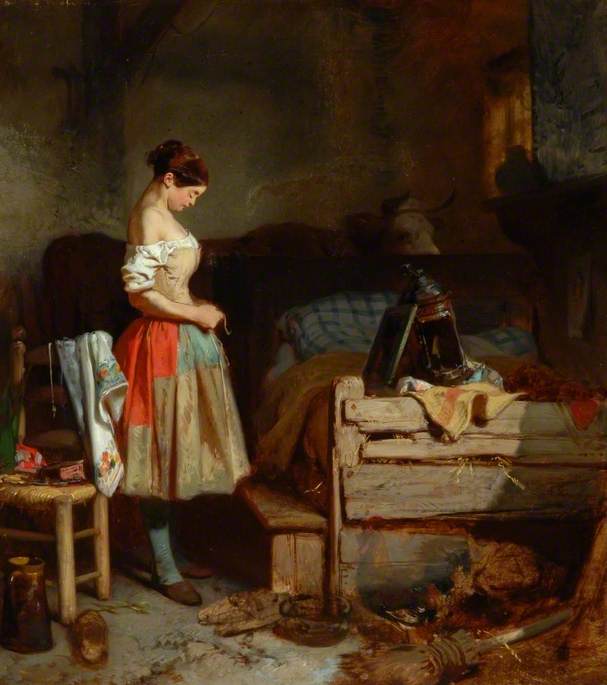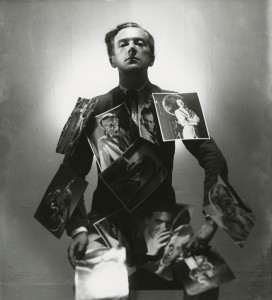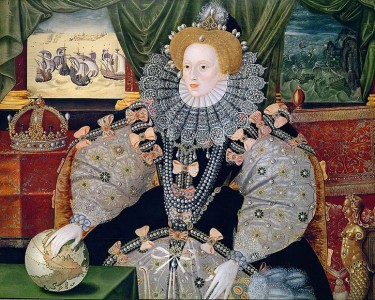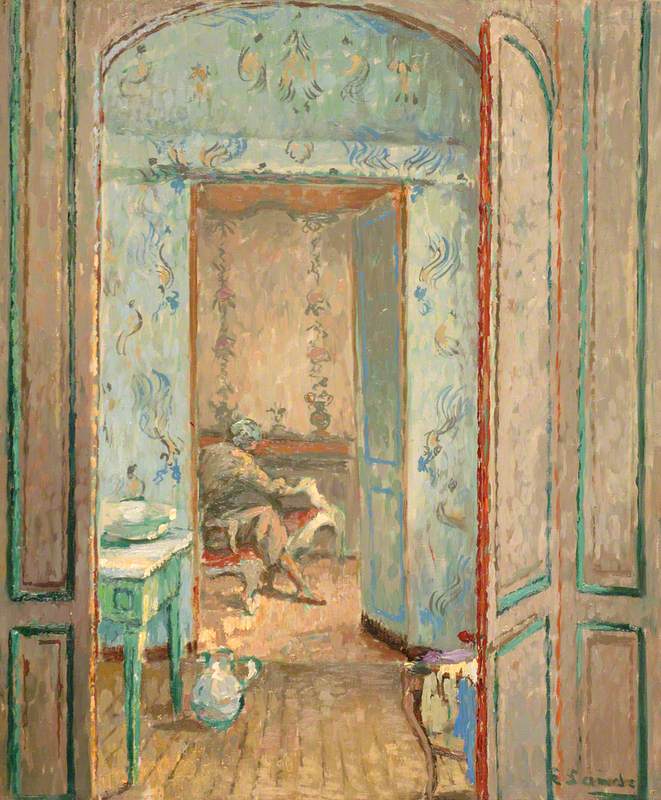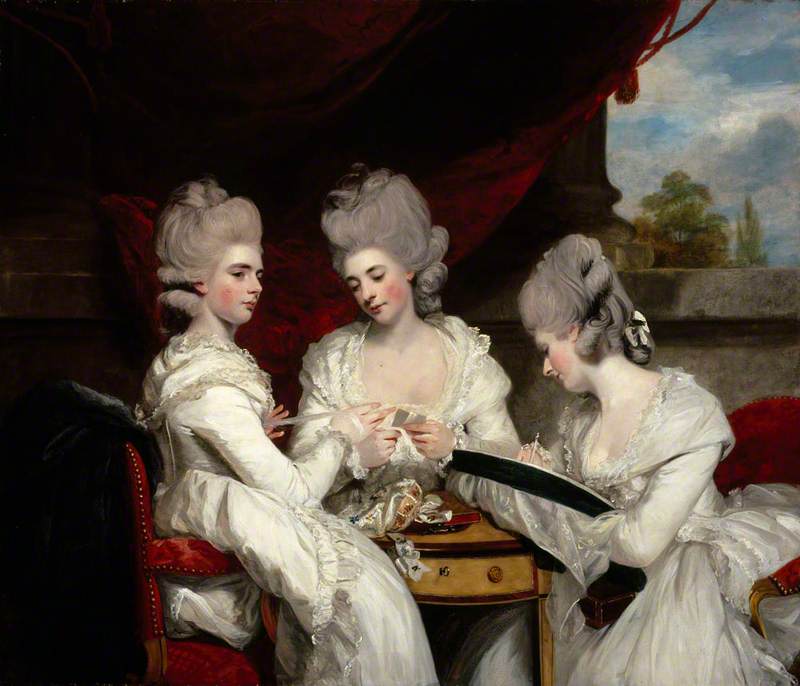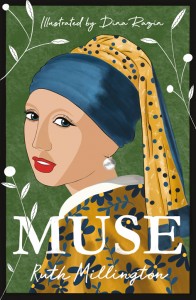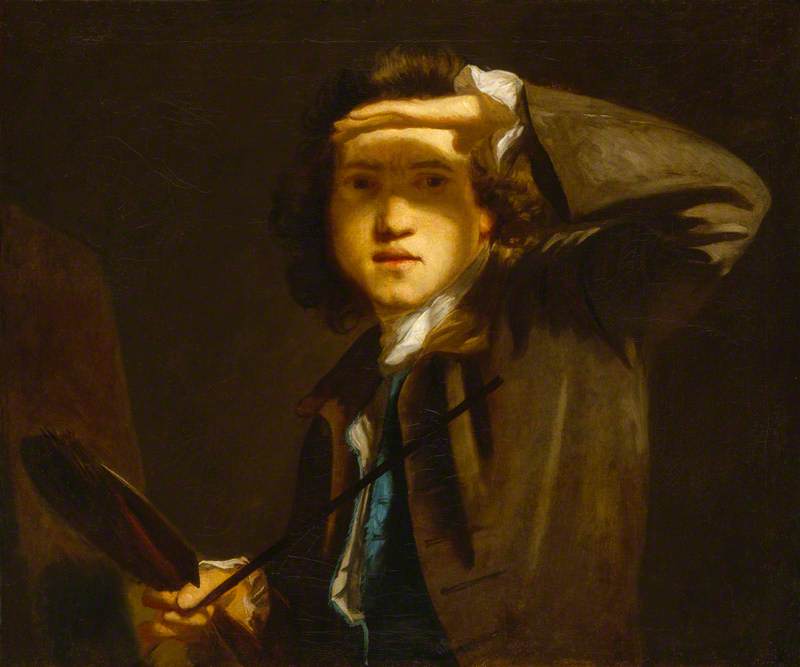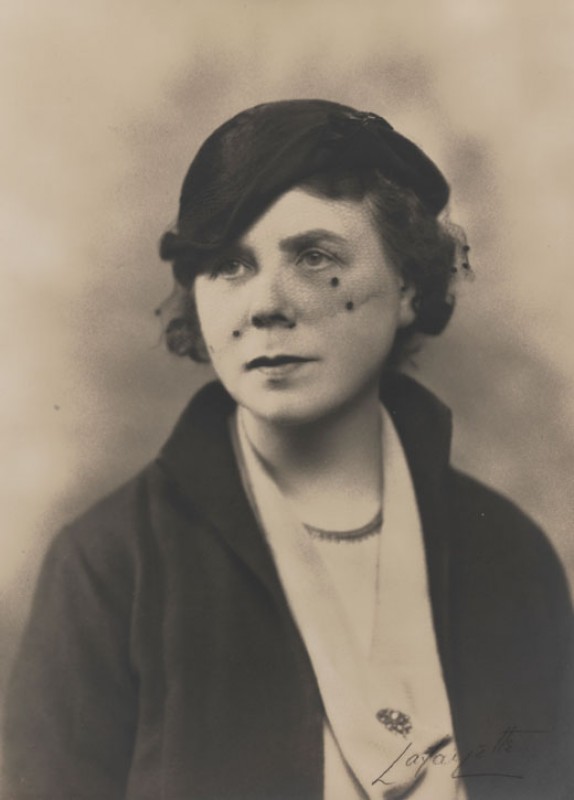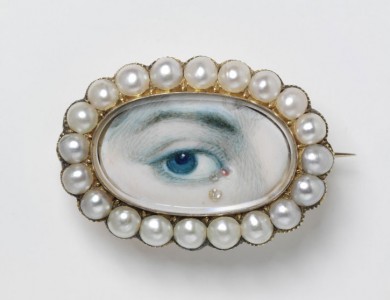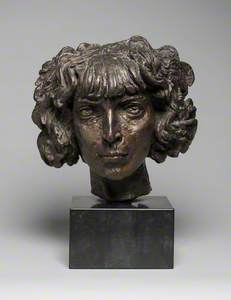The Marchesa Luisa Casati appears in both portrait and bust
Marchesa Casati
1919, photograph by Adolf de Meyer (1868–1946) 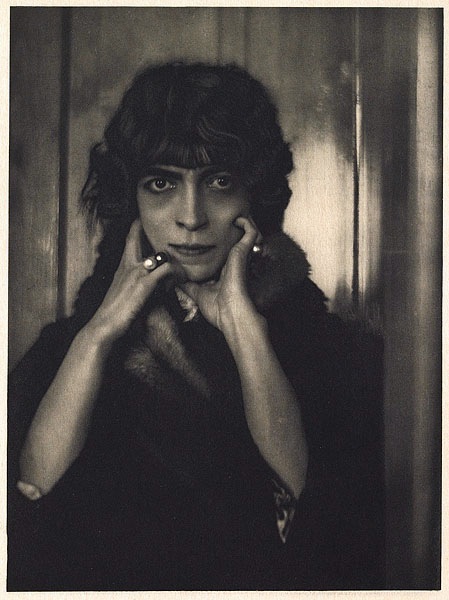
Throughout her decades at the apex of European high society, she set about using fashion, portraiture, and patronage as a way of making this notion into reality. While Cartier may be famous for its jewellery in the forms of snakes and cheetahs, the Marchesa Luisa Casati went one further, wearing live snakes (some of which she had dyed gold) in place of jewellery, and parading around with leashed pet cheetahs in jewelled collars. Indeed, late at night, she could often be seen taking said cheetahs on walks around her Venetian piazza, outfitted in nothing but a fur coat and pearls.
That Luisa Casati continues to appear in fashion and art shows that she not only succeeded in her desire to become a living work of art but actually exceeded it.
Other of the Marchesa's (many) eccentricities included retaining footmen who were outfitted in seventeenth-century costumes, and whose duties included throwing copper filings into her fireplaces so that the flames would burn a bright emerald colour. She was also known to sit a life-size wax figure of herself (complete with a wig made from her own hair) at the table of her dinner parties. The latter two examples burned bright in the mind of Pablo Picasso, who still recounted them as anecdotes many decades after having been a guest in her household.
The Marchesa Luisa's shock of dyed red hair, large eyes (made even wider with the belladonna she applied to enlarge her pupils) and statuesque frame (Casati stood at six feet tall) was interpreted in the works of such legendary artists as Kees van Dongen, Federico Beltrán Masses, Giovanni Boldini, Man Ray, Erté, and Léon Bakst. In this way, is fitting that Casati's tombstone includes a line from Shakespeare's Antony and Cleopatra which references the Egyptian queen's 'infinite variety', for by being painted by so many artists in so many styles, there exists a beguilingly wide-ranging gallery of imagery depicting the Marchesa.
Marchesa Casati (1881–1957)
c.1942
Augustus Edwin John (1878–1961) 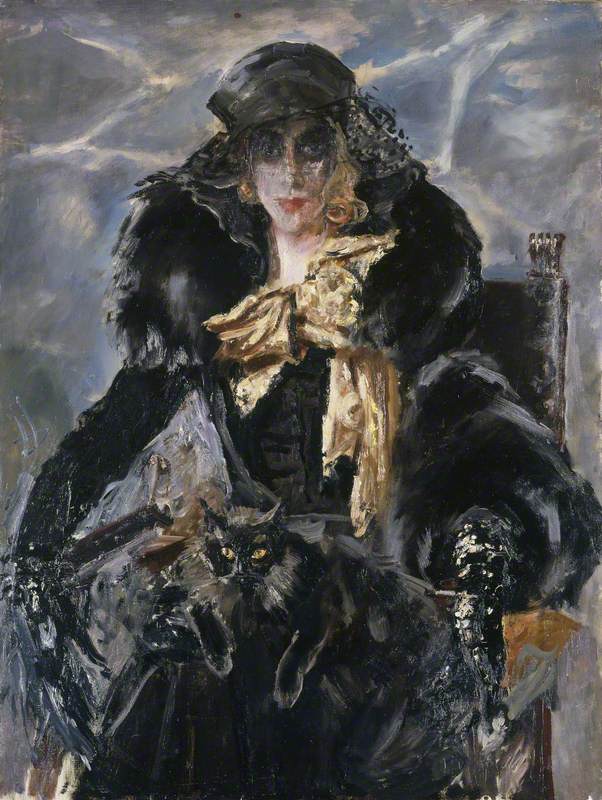
In the work of Augustus Edwin John, she is formidable – Luisa stares straight at the viewer, clad in black with a
In the works of Kees van Dongen, she is heavily stylised, her most prominent features exaggerated – her eyes impossibly large, her figure waif-like and moon-white, her hair
As well as curating a legacy of artistic immortality by sitting for leading artists of the day, Luisa also exuded glamour and eccentricity by dressing in extravagant costumes to the various balls she attended throughout Europe. Said costumes were often created by the most in-demand and innovative designers of the day, such as Mariano Fortuny, Charles Frederick Worth, and Paul Poiret. Her most famous Poiret-designed costume was the 'light bulb' dress, worn by the Marchesa to the 1924 Beaumont Ball in Paris. Hosted by Comte Etienne de Beaumont, the ball's guest list was so exclusive that even Coco Chanel was snubbed from receiving an invite – the Comte considered her to be '
Casati was also fond of using costume balls as an excuse to dress up as glamorous historical women such as the Byzantine Empress Theodora, Empress Sisi of Austria and Hungary, and the famed courtesan Countess Virginia Oldoini.
In turn, the Marchesa herself has become a figure of high society dress-up: Marisa Berenson (granddaughter of avant-garde couturier Elsa Schiaparelli) dressed up as Luisa Casati for the famous Proust Ball of 1971, where she was photographed in her Casati costume by Cecil Beaton. Imitation
That Luisa Casati continues to appear in fashion and art shows that she not only succeeded in her desire to become a living work of art but actually exceeded it. As her aforementioned epitaph states: 'Age cannot wither her / Nor custom stale her infinite variety'. Age, or more specifically the mortality that age brings, will never wither Luisa Casati – for she lives on in both the art and fashion she helped create in her lifetime and the influence that she continues to wrought within these fields, over six decades after her death. Indeed, something tells me her legacy will only continue to grow as the
Chloe Esslemont, co-founder of TabloidArtHistory, a social media platform and zine exploring art history and pop culture


